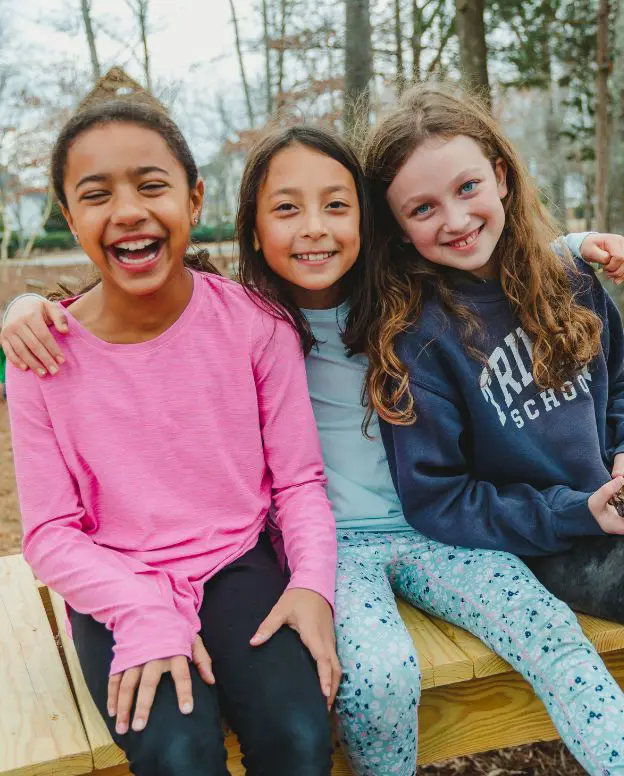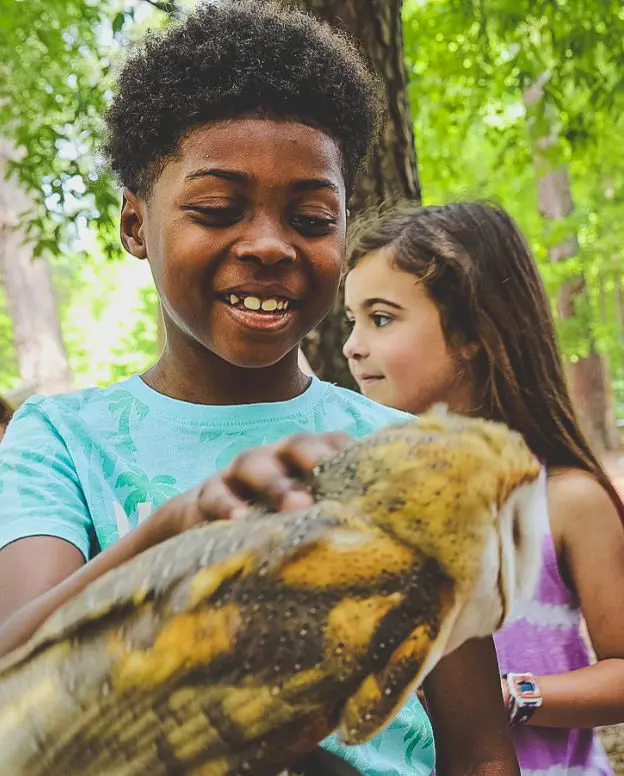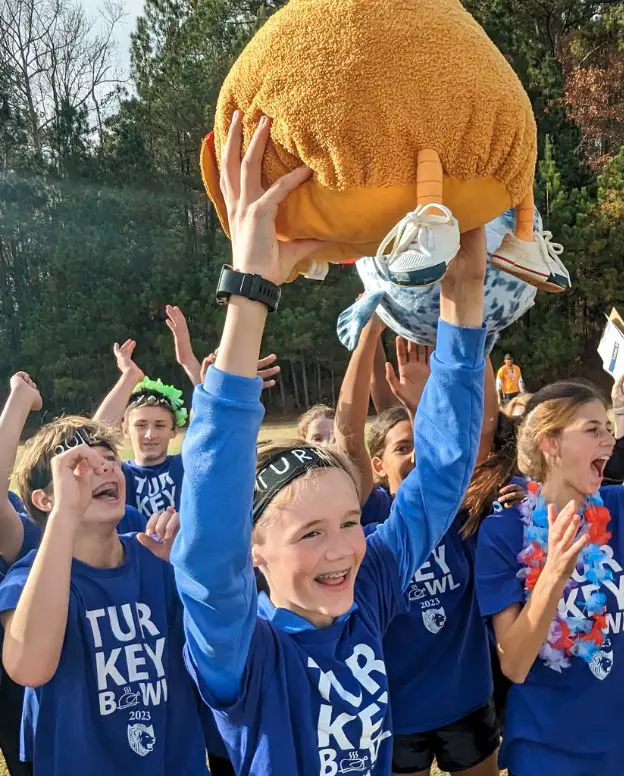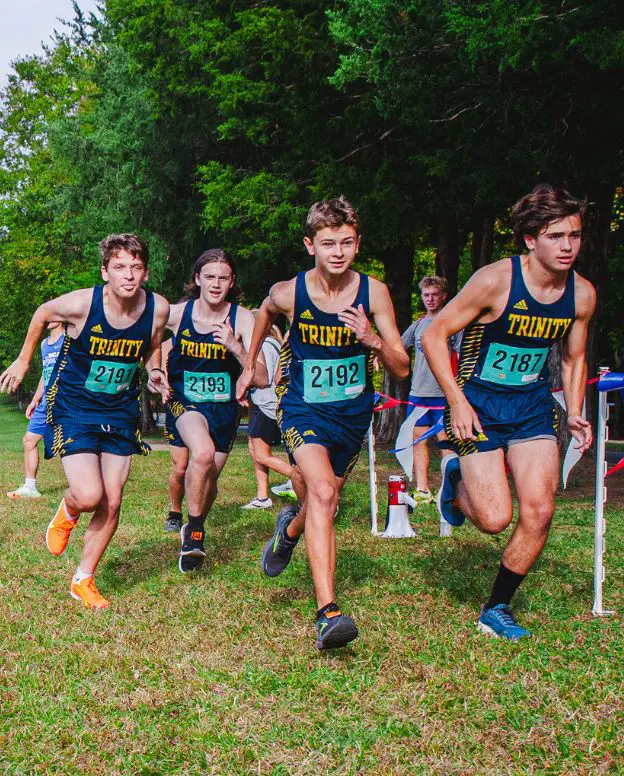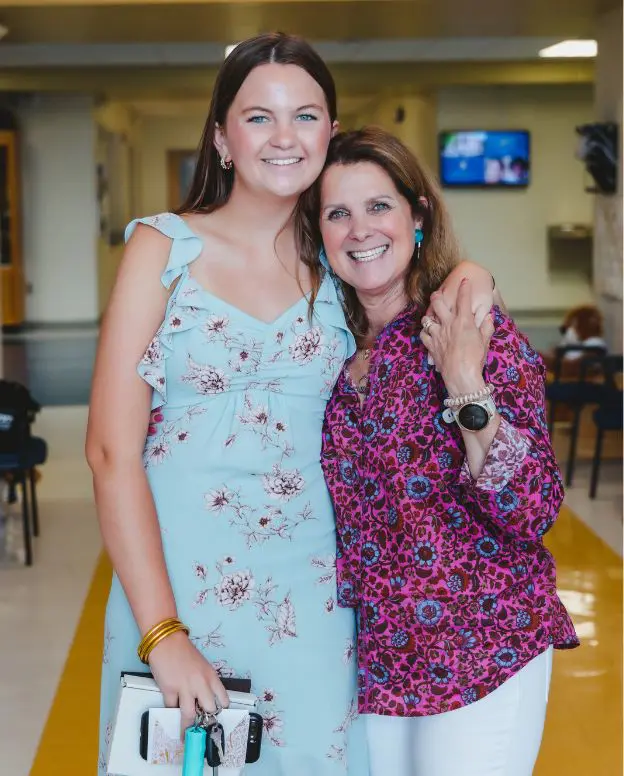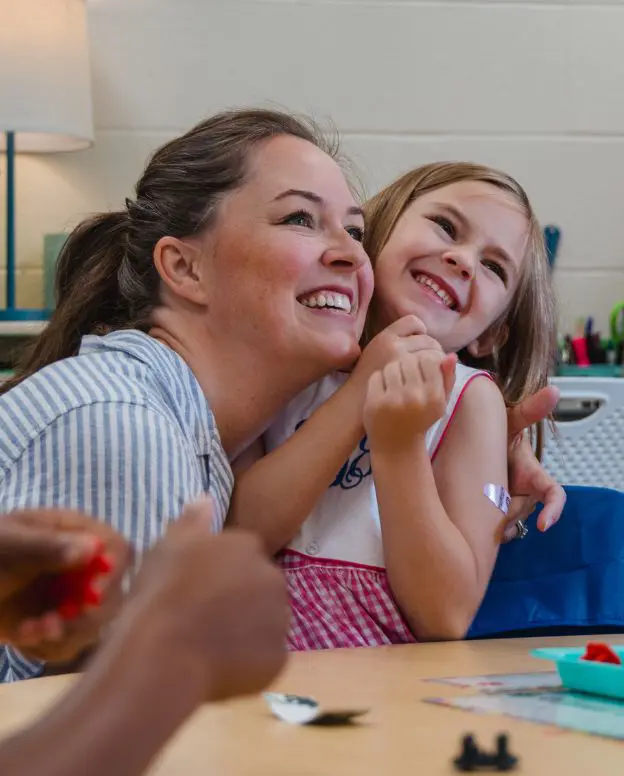HEAD LINES
Head Lines:
Service Learning
May 2024
Dear Trinity Community,
We want every Trinity student to meet Jesus—the real Jesus. And the real Jesus has a way of showing up in unexpected ways. Like the two friends walking to Emmaus on the day of Jesus’ resurrection (Luke 24), we might be surprised to discover who is walking with us. Jesus himself told us one place we can be sure to be surprised by his presence (irony noted!): somewhere serving others (Matthew 25:31-46).
So it makes sense that Trinity School would find ways to help our students learn to serve others.
When we started our Upper School, we debated whether to require community service as part of our graduation requirements. In the end, we decided against this, wanting to avoid forced volunteerism and hoping that students would find their own ways to serve. Nearly two decades later, we’re making a shift into a pedagogy called service learning, which we believe has the capacity to form students as servant leaders in a way that is consonant with the Gospel and our mission.
I think of service learning as an alloy of community service and experiential learning.
It’s an iterative cycle of education in which students learn in order to serve and then learn by serving. Service learning is authentic and meaningful service that is connected to the curriculum of the school through deep reflection on the actual service. It is the kind of service and learning that is transformative in a student’s life.
Service learning is different from community service (which has no integral connection to the curriculum), from active learning without a direct service component, and from one-time, episodic events that do not cultivate sustained relationships with those being served.
The best exemplar of service learning at Trinity School has long been the Augustine Children’s Literacy class. Juniors and seniors at Trinity learn the Orton-Gillingham method of reading instruction (there is your serious learning) and then go over to Forest View Elementary to adopt a student who is below grade level in reading, meeting with them twice a week to go through a 1:1 lesson in phonics that they have designed under the guidance of Ann Prost, our trained teacher of this class (so there is your authentic service). After every lesson, they take time to reflect on what went well and what didn’t; reflection is an essential part of the learning in this pedagogy. And if you talk to any of our students who are part of this class, you will hear this sentiment: “I’ve learned as much from my student as she has from me.” (There is your transformative experience.)
Who wouldn’t want this kind of experience for our students? It’s a beautiful thing to see, and I love watching this class work and hearing the stories they tell. This is what we’re going for: that every student, every year, will meet Jesus through service learning.
But it’s quite a challenge to pull this off, and it’s going to take us all pitching in. The Augustine Children’s Literacy class is a wonder to behold, but it has its limitations and isn’t easily replicated, though it works well for a limited number of our oldest students, who choose this class as an elective. What do we do for the littlest Lions, and what kind of authentic service learning is developmentally appropriate for them? Most of our service learning experiences are going to be embedded in our regular curriculum and not located in a separate class, and here is another challenge for teachers who have “miles to go before they sleep” to get through their curriculum. And then there are the logistical challenges of getting a classload of students off campus and finding the right community partners for meaningful age-appropriate service.
But think of what Trinity School would be with a robust service learning program in place.
The best service learning experiences would be the thing that our students would remember ten and twenty years after their graduation.
There are students today who are entering careers in education and special education because of their experience in the Augustine class at Trinity— two of them came back this January to talk to some of our Upper School students who are wanting to lead in this work. This is the kind of educational experience that everyone called to teaching dreams of having. No student has to ask, “Why do we have to learn this?” because it is self-evident and self-justifying—we learn to serve, and our serving shows us we have more to learn.
Most importantly, a school that takes the name Christian ought to look like Jesus. And Jesus looks like one who serves (Philippians 2). His closest disciple remembered that at the moment when Jesus could have been totally self-absorbed with the threat of the cross, he took a towel and a basin of water and washed his disciples’ feet (John 13:1-17). When people describe Trinity School, I want them to describe a school that looks like that. A mature service learning program could go far to show Durham and Chapel Hill what Jesus is like.
This is, in fact, what four of our teachers this year have tried to do this year in pilot programs. Olga App has woven the animal-rescue story of Shiloh (part of our fourth grade curriculum) into a lesson in empathy that prepares her students to work with and for Hope Reins, a local ministry that gives traumatized youth a chance to care for and ride a horse at a ranch between Durham and Wake Forest. Alec Rittgers has worked with World Relief, a Christian refugee resettlement agency, to help our students in seventh grade Bible understand what the Old Testament teaches about the foreigner and the sojourner and to consider ways to serve local refugee families. Jessica Holmes has brought a music therapist from the Veterans Hospital to her Middle School music class to share with the students about music therapy and help them prepare a video concert for local veterans. And Sean McLarnon has helped his Upper School Environmental Studies class work with Red’s Quality Acre farm to route the produce from the farm to local people and places with food scarcity.
If you are reading this and thinking, “I love this and I’d like to help,” please reach out to me and let me know. It’s going to take a lot of collaboration and creativity to make this work. Parents will be seeing this rolled out incrementally over the next few years, and we need your support, your ideas, your volunteering, your prayers.
Non Nobis,

Chip Denton
Head of School
